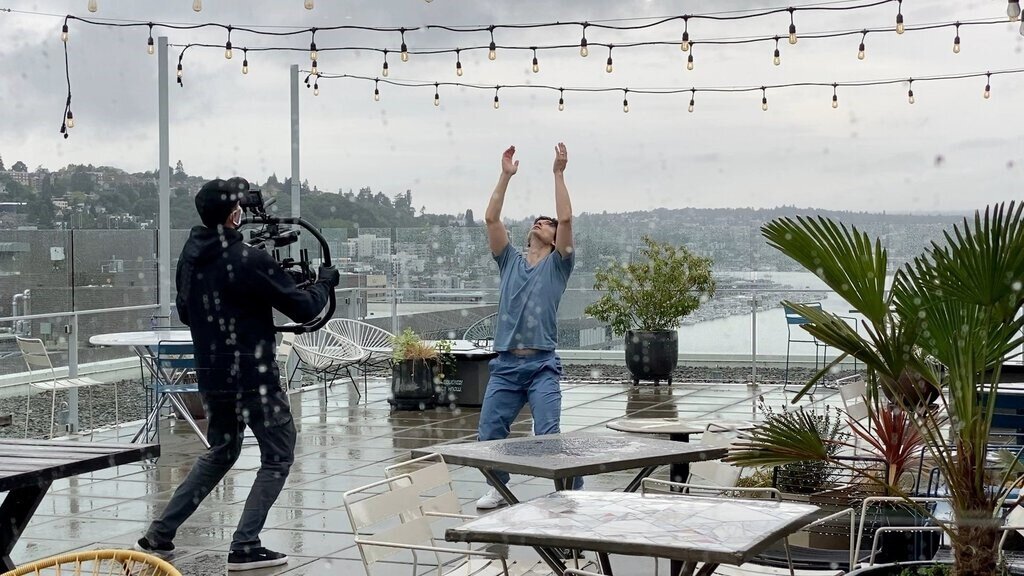As arts institutions are in the midst of reopening plans, they are faced with new challenges as they seek to ensure the safety of their visitors, audiences, and staff in the COVID-19 era. The challenges and solutions differ depending on the industry, and whether it is a museum, performing arts institution, or film and television. Part 2 of this 3 part series explores the immerging reopening plans for the performing arts sector.
Social Distancing Strategies in the Arts: Museums, Part 1 of 3
With most major countries outside of the United States going through reopening procedures, social distancing strategies are being implemented to help stagnate or reduce the number of COVID infections. This 3 part series will highlight case studies for the Fine Arts, Theatre, Orchestra, Dance, and Movie Industries, showing measures that have been implemented or recommendations in place for each. Part 1 will focus on the museum space.
Planning Our Equitable Digital Future
2020 has been and will continue to be notable for all but especially artists and arts institutions. Globally we are facing the uncomfortable realities of a pandemic that has brought the arts industries to their knees, economically, particularly the performing arts. Demands for racial and social justice come with a reckoning for many arts institutions — for their own participation in the industrial model that creates inequity in hiring, programming, training, even foundation giving.
As a researcher, artist, academic and former managing director, I hope that 2020 is a year that will offering us, as an industry, a pause to rethink how to do our artistic work in more equitable, inclusive and relevant ways. To create clarity as we re-think institutional systems , it is important to turn to data about our own institutions as well as our audiences in order to become the relevant and vibrant institutions that all communities deserve. In this short article, I will connect information from the recent national survey by LaPlaca Cohen and Slover Linett, “Culture and Community in a Time of Crisis” and emerging best business practices heralded by McKinsey and Co. and other thought leaders in the business field.
Crowdsourced Digital Art Projects: Centralization and Agency
As digital crowdsourced art continues as a mode of art making, it is necessary to developed an understanding of which features of digital arts programming are crucial in the engagement of digital audiences. The following analysis of four digital art projects focuses on the participatory, rather than the interactive, specifically projects wherein audiences become artists by participating in the creation of a piece of art by making one or more creative contributions. Perhaps not surprising, agency and control were identified as significant to participation.
How Do You Compare in Digital Fundraising?
AMT Lab is researching emerging digital fundraising tools so that arts organizations can, hopefully, take a bigger part of the 14% increase in online giving. With $380 billion dollars of giving in the USA in 2017 and more people than ever giving online, the future of fundraising is changing before us. And don't be fooled -- the majority of the online donors were older than 49 years old. To understand how the arts can maximize current and emerging fundraising opportunities, a benchmark of what is happening in the field today is underway.
21st Century Lessons from Capacity Interactive's Digital Marketing Bootcamp
Guest Correspondent Randolph Jones of the Oregon Shakespeare Festival attended Capacity Interactive's 2015 Digital Marketing and left elated and hopeful. The conference focused on the intersection of technology, marketing, and the arts and featured presenters from across the sector. To learn more about what these presenters had to say, and to see what insight Jones draws himself, read the full article here.











